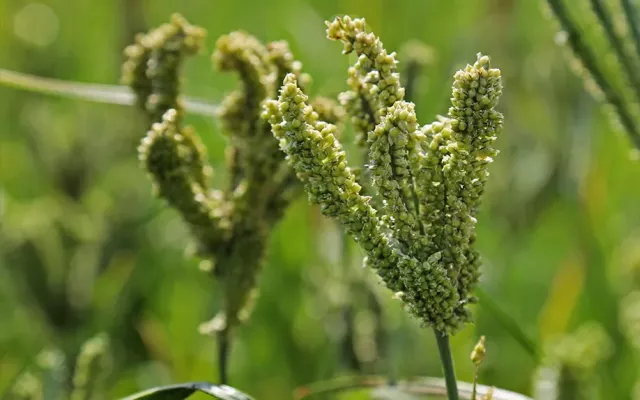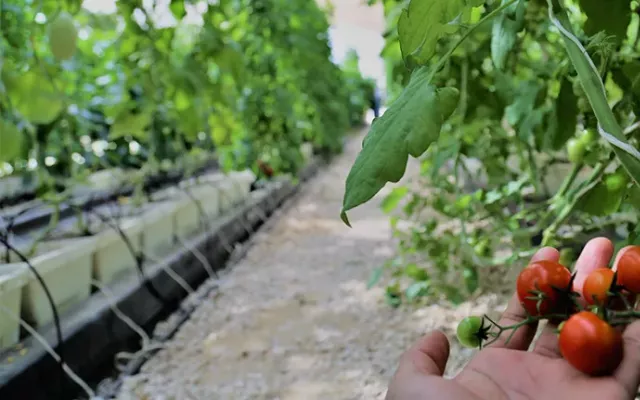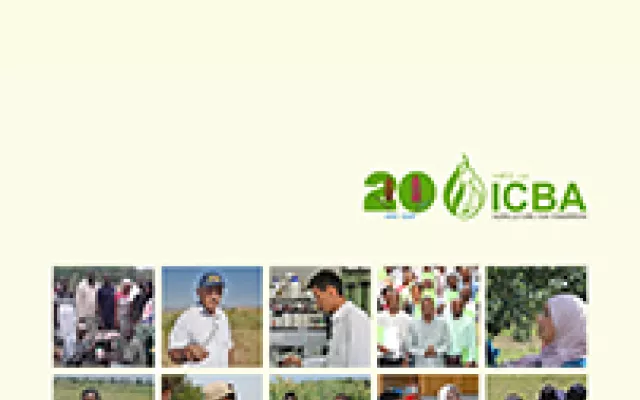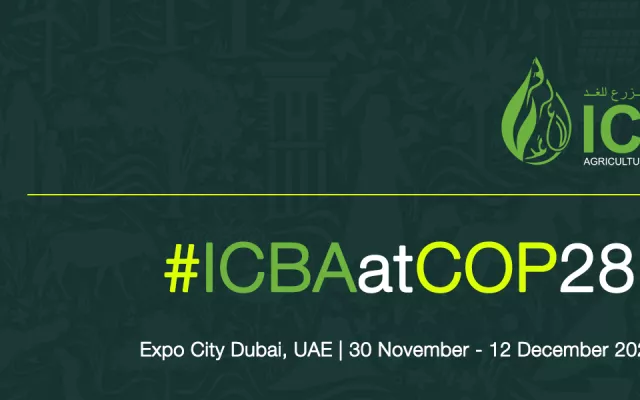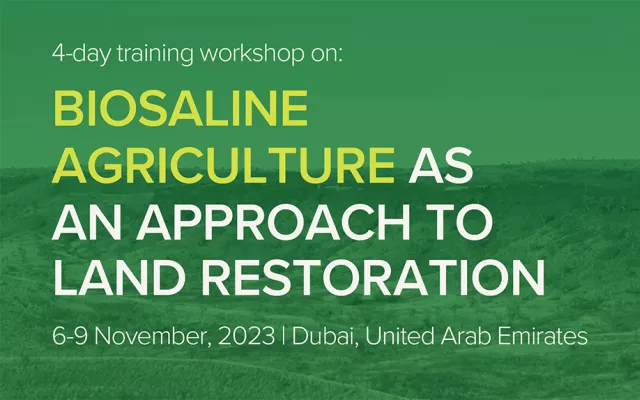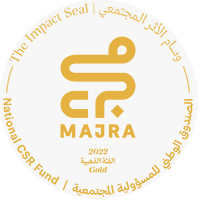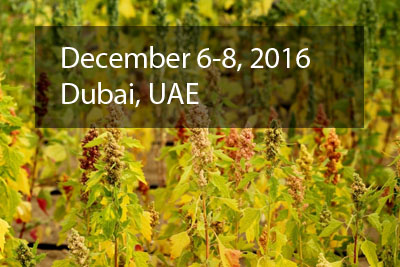 The global population is expected to increase to 9.7 billion in 2050 and there are concerns about the capacity of agriculture to produce enough food for the growing population. By some estimates, food production will need to go up by about 60 percent either through increase in crop yields per unit area or expansion in the arable land by 2050 to meet the demand (World Population Prospects-the 2008 Revision, UN, 2009). Furthermore, several regions already suffering from malnutrition, water scarcity and soil degradation have been forecast to have a large population growth which raises serious concerns about whether traditional agricultural methods and crops species will have the capacity to sustain global food production targets.
The global population is expected to increase to 9.7 billion in 2050 and there are concerns about the capacity of agriculture to produce enough food for the growing population. By some estimates, food production will need to go up by about 60 percent either through increase in crop yields per unit area or expansion in the arable land by 2050 to meet the demand (World Population Prospects-the 2008 Revision, UN, 2009). Furthermore, several regions already suffering from malnutrition, water scarcity and soil degradation have been forecast to have a large population growth which raises serious concerns about whether traditional agricultural methods and crops species will have the capacity to sustain global food production targets.
Major cereal crops like wheat, rice, barley and corn are progressively failing to withstand increasing salinity and scarce water resources in marginal environments that are most vulnerable to climate change. Therefore, there is an urgent need to identify alternative solutions to sustaining, and, possibly, increasing agricultural productivity in areas where growing traditional crops has become difficult and sometimes uneconomical. Hence, quinoa can play an important role in eradicating hunger, malnutrition and poverty; furthermore, quinoa has an important nutritional value - the seeds are rich in essential amino acids and vitamins. Due to its adaptability to harsh environments including poor saline soils with annual rainfall as little as 200 mm, quinoa could play a major role as an alternative staple crop in marginal environments. Realizing this potential, the United Nations General Assembly declared the year 2013 the "International Year of Quinoa".
The Food and Agriculture Organization (FAO) of the United Nations specifically served as the Secretariat of the International Year of Quinoa. Since then, FAO has conducted activities around the world and particularly in the Near East and North Africa (NENA) region. In the NENA, FAO has implemented a project in eight countries with positive outcomes that have indeed shown quinoa as a potential alternative and profitable crop for the region. Recognizing quinoa's potential for marginal environments, the International Center for Biosaline Agriculture (ICBA) has been leading a global quinoa program since 2007 in collaboration with national, regional and international research, government and donor organizations in the NENA region as well as Central Asia.

